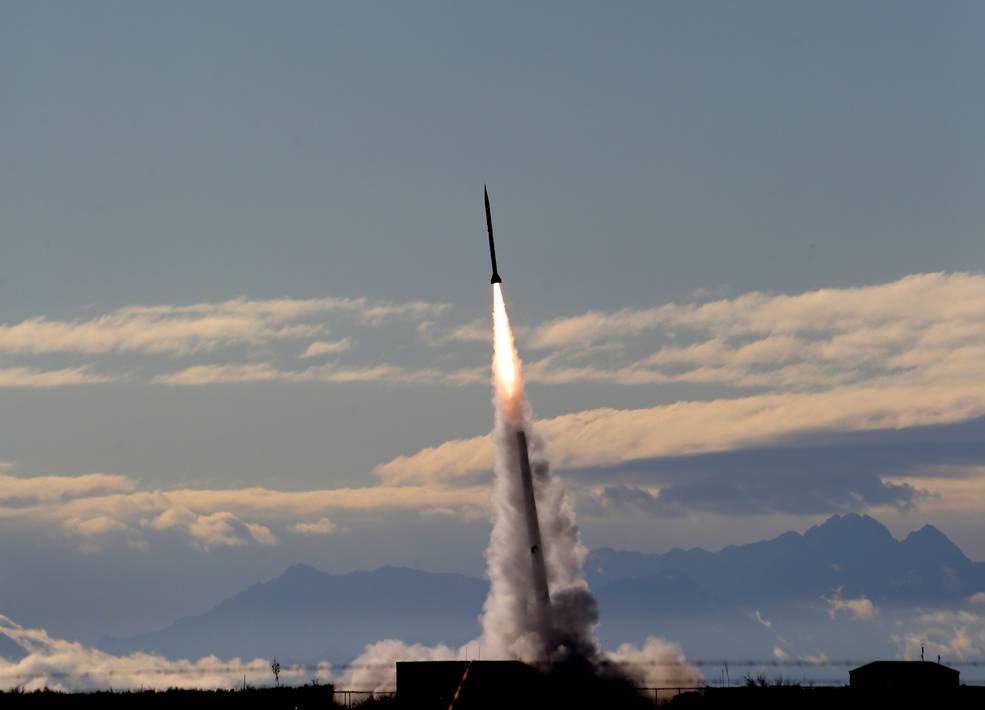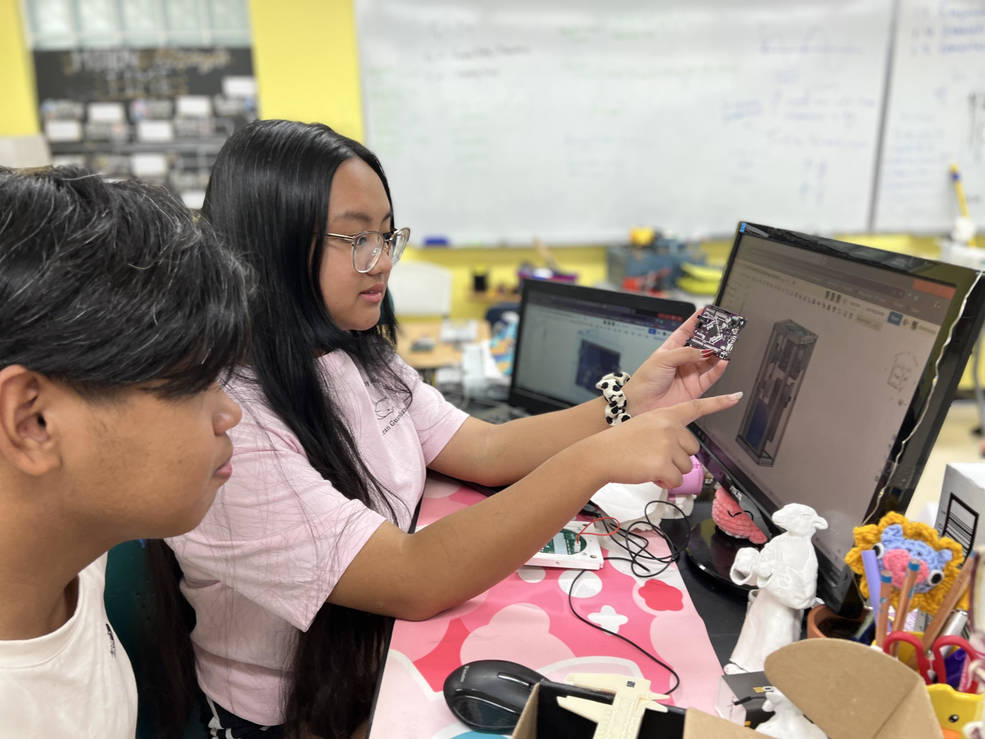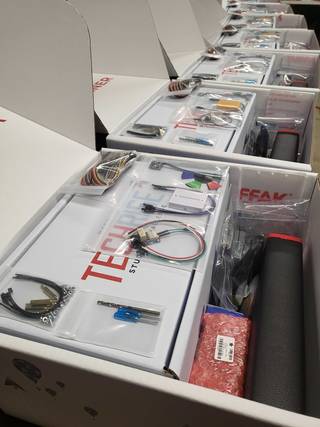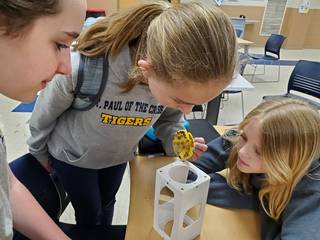Editor’s note: This story has been updated to remove outdated launch date information.
Science and technology experiments developed by winners of the NASA TechRise Student Challenge are getting ready to fly aboard commercial suborbital rockets and high-altitude balloons starting this spring and summer. More than 1,100 middle and high school students from 44 U.S. states and territories will use these flights to gather data to complete their real-world science, technology, engineering, and mathematics (STEM) experience.
Led by NASA’s Flight Opportunities program and administered by Future Engineers, TechRise offers students in grades six through 12 hands-on experience with the full flight test process – from designing an experiment and building the flight payload to undergoing testing and analyzing the data post-flight.
“TechRise allows us to engage the Artemis generation and enables them to get real experience in the flight process from start to finish,” said Jim Reuter, associate administrator for NASA’s Space Technology Mission Directorate (STMD). “We are excited to see their results and work with even more students during the next TechRise challenge, slated to launch next school year.”
Middle schoolers evaluate their TechRise experiment’s capabilities by testing their magnet with small bits of metal.
Winners build their experiments using a prize box containing key hardware to get them started. A $1,500 award helps teams purchase additional supplies. TechRise engineering advisors mentor students throughout the challenge, providing technical support to help them successfully develop their flight payloads.
NASA has run two TechRise Student Challenges, which aim to inspire students to seek a deeper understanding of Earth’s atmosphere, space exploration, coding, and electronics, as well as an appreciation of the importance of test data. Over a hundred winning teams from the first two TechRise challenges will fly their experiments on five upcoming suborbital flights. NASA intends to launch the third TechRise challenge this fall.
Projects aboard the first TechRise flight range from space-based solar panels to gyroscopes to an asteroid dust collection system. These 13 payloads will fly on the SpaceLoft sounding rocket launched by UP Aerospace of Denver, Colorado, from Spaceport America in New Mexico, and will experience a few minutes of microgravity to conduct their experiments.
A middle school team from St. Paul of the Cross School in Chicago will have their device attempt to catch small pieces of metal in microgravity, simulating the capture of debris and other materials in orbit. A video camera will record how much metal their device successfully collects.
Throughout the spring and summer, an additional 80 experiments will fly on high-altitude balloons in South Dakota with Sioux Falls-based Aerostar and in the south-central U.S. with Tucson-based World View. With around four hours of float time in the stratosphere nearly 20 miles above Earth, those projects will examine how UV rays affect seed germination, measure atmospheric temperatures, study greenhouse gases, and more.
Scheduled for flight with World View, the team from John F. Kennedy High School in Tamuning, Guam, will examine the concentration of microplastics in the atmosphere and will measure environmental information at the float altitude, gaining insights on plastic degradation.
“The academic and personal growth students achieve through this challenge is evident,” said Colette Beausoleil, educator and TechRise team lead at JFK High School. “They are deeply engaged in all aspects of STEAM and work like a true engineering team.”
The remaining 24 experiments are slated to fly on New Shepard, Blue Origin’s reusable suborbital rocket. New Shepard launches from Launch Site One in West Texas.
“The mission of Flight Opportunities is to rapidly demonstrate space technologies and support the commercial space industry, and we are thrilled to be able to give these students first-hand experience of what professional researchers go through when they flight test their technologies through our program,” said Danielle McCulloch, program manager for Flight Opportunities at NASA’s Armstrong Flight Research Center in Edwards, California.
Flight Opportunities is based at NASA Armstrong and is part of STMD. Flight Opportunities manages the TechRise Student Challenge with support from the NASA Tournament Lab, which is part of STMD’s Prizes, Challenges, and Crowdsourcing program.
To learn more about TechRise and sign up for updates about future challenges, visit: https://www.nasa.gov/techrise-student-challenge
Nancy Pekar
NASA’s Armstrong Flight Research Center






































